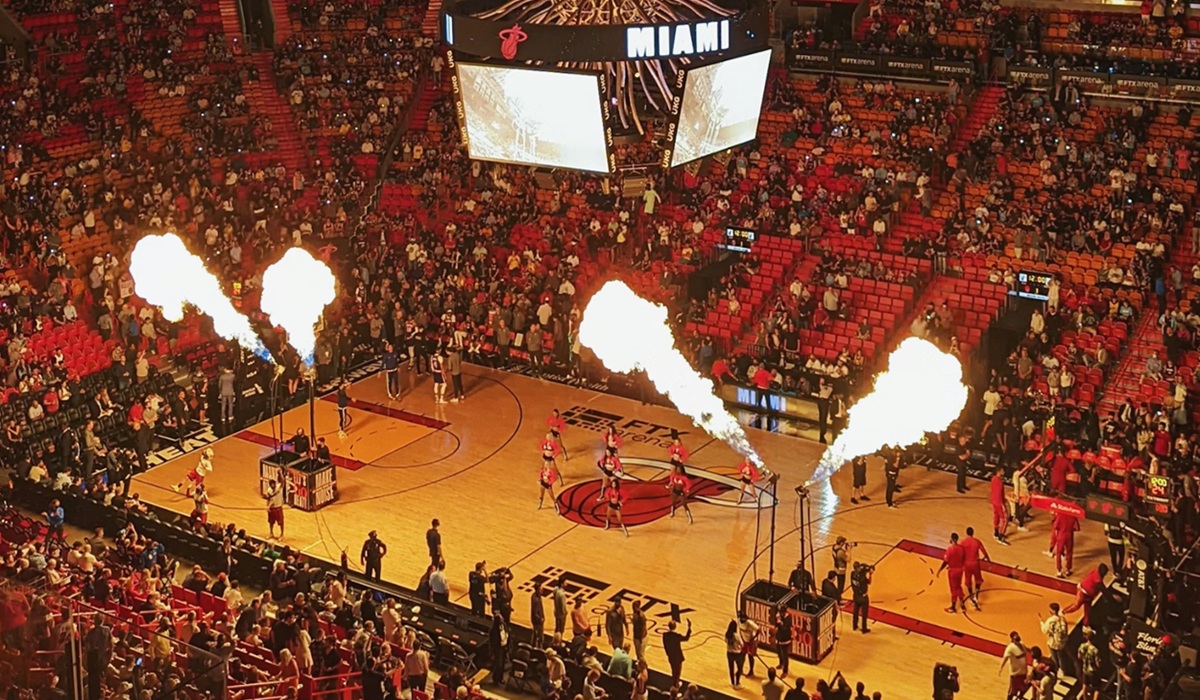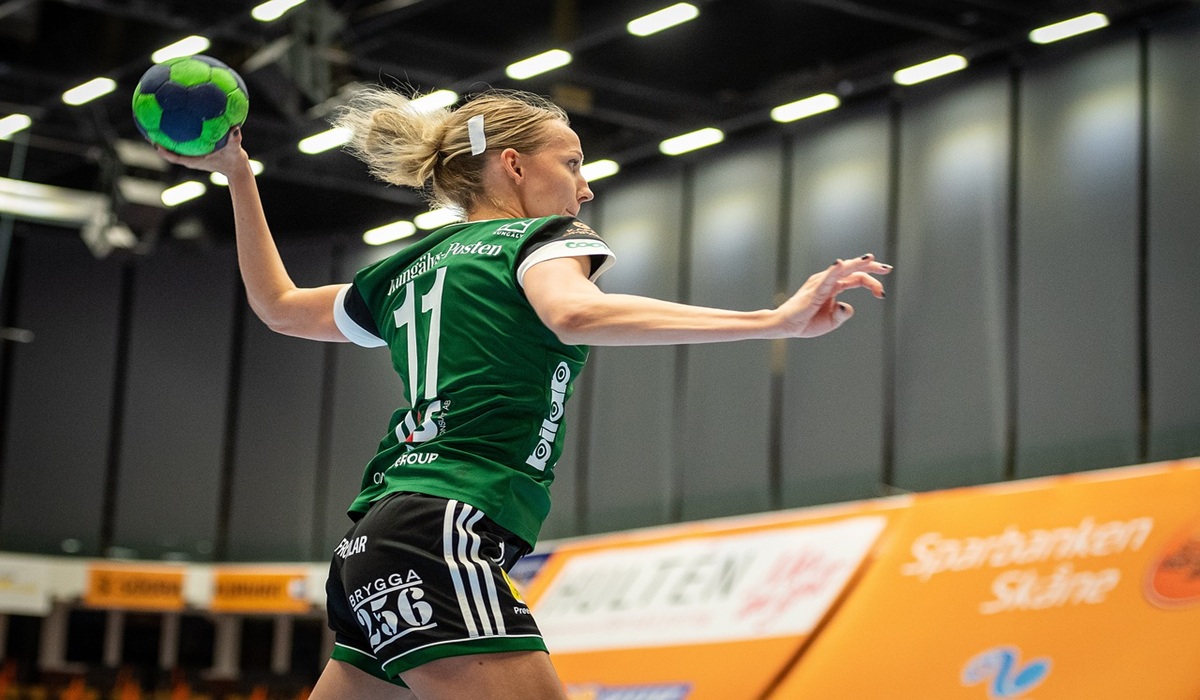More Rest, More Technology, More Injuries: The NBA’s Modern Paradox. Stars Dropping Lie Flies
- Kingston Bailey
- Sports
- November 18, 2025

Image Credit, Yoad Shejtman
The start of the current NBA season has been a startling reminder that all the technology, all the medical sophistication and all the carefully managed load-balancing in professional basketball still don’t guarantee a healthy roster. Even before we’ve reached the 20-game mark, a remarkable number of top-tier stars are already sidelined. Consider the list: Giannis Antetokounmpo (groin), LeBron James (back strain), Joel Embiid (knee), Zion Williamson (hamstring), Kawhi Leonard (ankle) — and that’s just within the last week’s official injury listings. Meanwhile, offseason or early-season catastrophes abound: Tyrese Haliburton suffered a torn Achilles, Kyrie Irving an ACL, Jayson Tatum another Achilles, and Fred VanVleet an ACL — all before most of the league has really ramped up.
On paper, this should be the era of health. We have high-end wearable technology monitoring load, GPS systems tracking every sprint and cut, nutritionists tailoring micro-diets, labs measuring biomarkers, physical therapy protocols more refined than ever — and yet players are dropping like flies. How do we explain this paradox? In previous eras, players routinely logged 80 + games plus playoff runs, often with little or no rest days, and yet the injury narrative seems somewhat less manic. One old argument holds that back then players might have been using anabolic steroids or other performance-enhancing substances to sustain volume and push through fatigue, especially during periods when drug-testing was weaker or predictable. (Anecdotal observations even prompt the jokey comment that perhaps the “lots of bald NBA players in their early 20s” phenomenon owes something to hormone misuse or other unnatural regimens.) Under today’s far more rigorous random drug-testing environment, plus the ever-present emphasis on “load management,” the expectation would be that injuries should be fewer — yet we’re signing in to a league where stars miss chunks of games before the calendar even turns to December.
There are multiple threads to this story worth interrogating. First: the nature of the game has shifted. It is faster, with more conceptual space, more pace, more three-point shots, more contact in the restricted area, more mid-air collisions, more explosive movements. The wear and tear may be greater, especially on hips, knees and Achilles tendons. The frequency of non-contact soft tissue injuries (hamstrings, groins, calf-strain-turmoil) appears higher, arguably because players are now more specialized, moving in tighter windows of explosive output, often after long flights, back-to-backs, bubble-era rewrites of scheduling, and compressed recovery windows.
Second: the focus on rest (“load management”) may come with its own unintended consequences. When players sit large swaths of games, the rhythm and conditioning that come from continuity may suffer. Returning after time off means the body must ramp up faster, which may increase vulnerability. Moreover, micro-injuries may simmer longer: a player might be tagged as “day-to-day,” “load-management,” or “maintenance” and the cumulative effect may be under-reported in public. Teams may err on the side of caution, but the intuitive effect is still that more players vanish for stretches, and when they return they may be more fragile.
Third: medical and surgical sophistication is huge, but so is expectation. A player sidelined for three days now gets treated with hyperbaric chambers, blood-flow‐enhancement devices, stem-cell adjuncts, even gene-therapy-adjacent protocols. But sometimes the margin between being “available” and being “force-fed” back into action is slender. The pressure from the commercial side — TV contracts, sponsorships, “must-see” stars — can accelerate returns before full maturity of the healing process. An Achilles that would once have been given a full year might now be “ready” in nine months, but if that timeline is optimistic the relapse risk goes up. Ironically, the era of better tech may bring higher stakes and lower tolerance for downtime.
Fourth: the comparison to earlier eras must be tempered. Yes, players in the 1980s, 1990s logged heavy minutes; yes, testing regimes were looser; yes, the narrative of back-door hormone use is plausible. But we also know many players then gamed through pain, played injured, skipped surgeries, missed games unreported, and the metrics were less transparent. Today’s players are older on average, bigger, faster, stronger and thus may impose greater structural strain on their bodies. They jump higher, land harder, cut sharper, run more sprints, rotate more intensely. The match between body and biomechanics is under greater stress. So maybe the baseline risk is simply higher even with better support.
When we catalogue this year’s star casualties the list is long: Zion Williamson, Joel Embiid, Kawhi Leonard, LeBron James, Giannis Antetokounmpo — these are not fringe rotational players but franchise cornerstones. And when you add players recovering from major surgeries going into the season (Tatum, Haliburton, Irving, VanVleet) the narrative becomes clear: availability is no longer a given, even for the best. Yet, the question remains: if you had unlimited medical resources, infinite rest days, advanced biometrics and load-tracking, why are the numbers so high?
Perhaps one part of the answer lies in the “too much, too soon” paradox. Because we expect these stars to play fewer minutes, we ramp them up quickly, giving them bursts of high intensity rather than volume‐accumulated load. But bodies adapt to steady accumulation; when adaptation is compressed, the injury threshold may be breached more easily. Another part may be the fragility of modern bodies: athletes are bigger and more muscle‐dense, which increases inertia and thus stress on joints and tendons. Also, the specialization and year-round conditioning mean less time for restorative cycles, less for “de‐load” phases.
The broader implication is that for teams, for fans, for the league, the notion of “star power on display” is under threat. If 20 games in we already wonder “who’s next,” the business model of the NBA — packaged around marquee names playing long stretches deep into June — looks vulnerable. And from a health perspective, it raises honest questions about how much rest, how much recovery, how much load adaptation is needed — not just “how many more tools can we buy.”
In the end, this season promises to be a case study in the modern paradox of athlete health: with better tools, more rest, more science — yet more injuries. If nothing else, it suggests that the old adage “the body remembers” may hold more truth than our current gadgetry admits. The stewardship of player health may demand not just more tech but different philosophy: more gradual ramping, fewer urgencies, and a recalibration of what “availability” really means for a star player in 2025.








